Opera is a unique mixture of music and theatre; singing and acting each plays an important role in the success of a production.
One of the most testing roles is that of the title role of Lucia di Lammermoor. In Sir Walter Scott’s original 1819 novel, The Bride of Lammermoor, the setting is south-east Scotland in the early 18th century. The young Lucy Ashton has fallen in love with her family’s enemy Edgar Ravenswood. In Scott’s novel, the Ravenswoods have been stripped of their titles for supporting a now-deposed king. Lucy’s father, Sir William Ashton has bought the Ravenswood estate. Edgar, the Ravenswood son, hates Sir William but then falls in love with Lucy and cancels his plans of revenge.
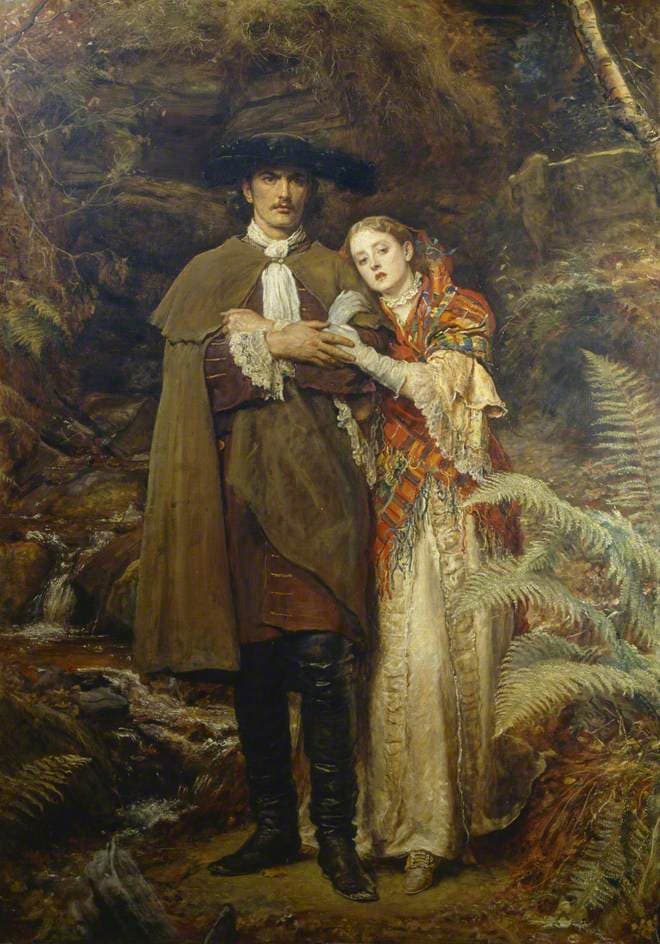
J.E. Millais: The Bride of Lammermoor, 1878 (Bristol Museum and Art Gallery)
Lucy’s mother, however, wants Lucy to make a politically advantageous arranged marriage and steps between the two lovers. She intercepts Edgar’s letters and tells Lucy that Edgar has forgotten her. Edgar goes to France. Lady Ashton then persuades a Scottish soldier returning from France to spread the false story of Edgar’s marriage. Lucy writes to Edgar for verification but her mother steals the letter. Lucy gets a letter to Edgar through other means but has no reply.
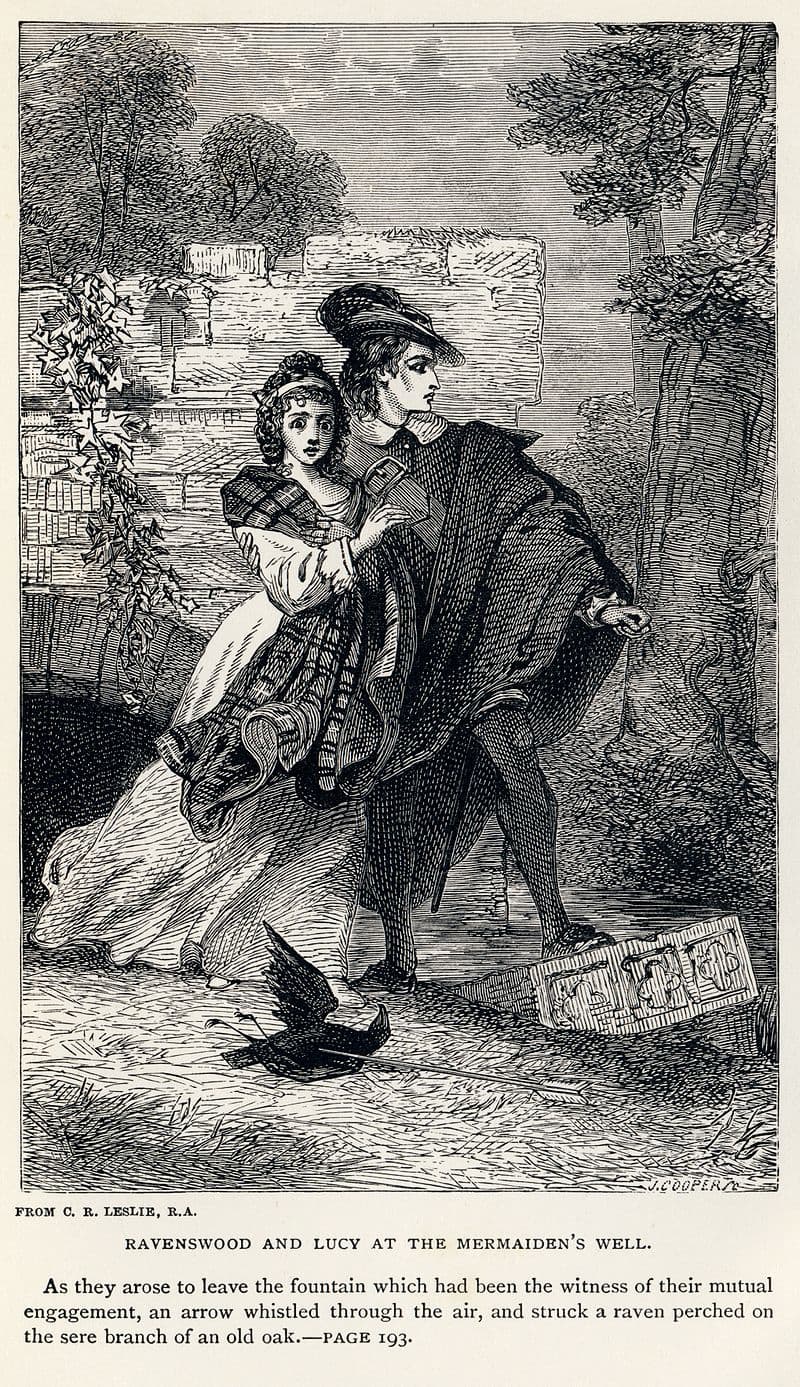
Charles Robert Leslie: Ravenswood and Lucy at the Mermaiden’s Well, 1886
Lady Ashton finally forces Lucy into a betrothal with Francis, Laird of Bucklaw. Edgar returns the day before the wedding and renounces his engagement, thinking that Lucy has changed her mind. The wedding takes place and during the dancing, Lucy stabs Bucklaw in the wedding chamber. She goes mad and dies.
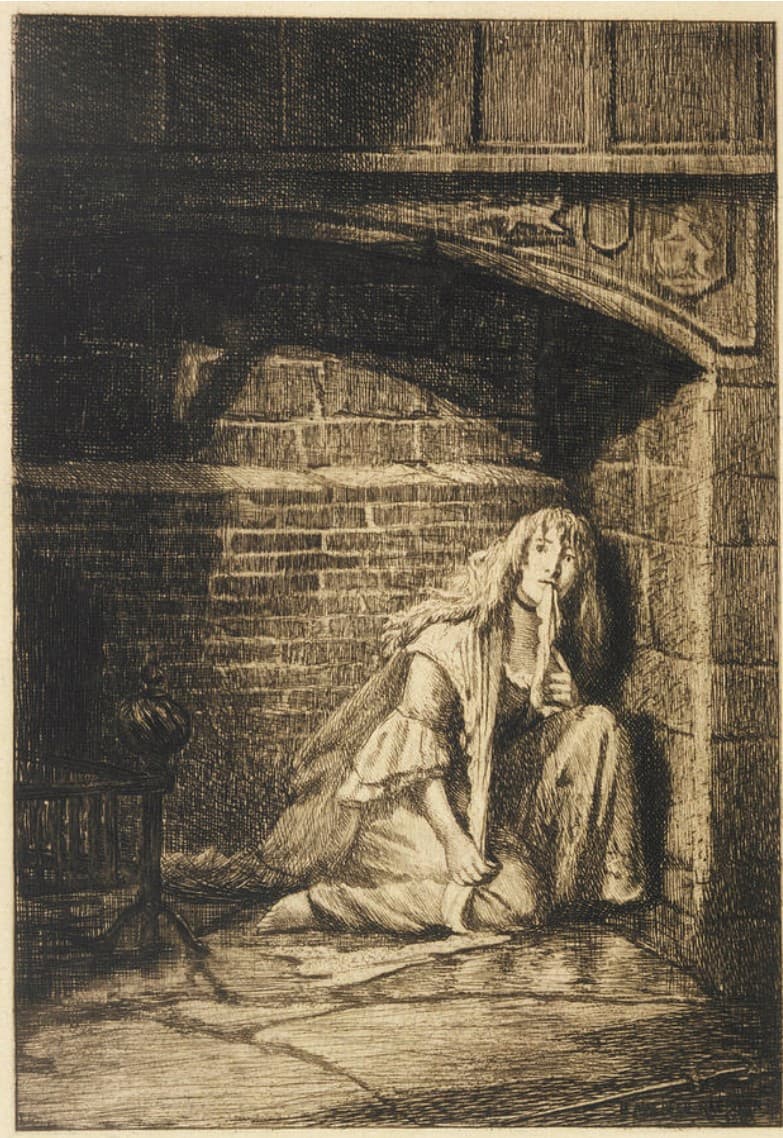
H. Macbeth-Raeburn: Lucy’s Madness, 1914
Bucklaw recovers but refuses to speak of what happened in the wedding chamber. Edgar comes to Lucy’s funeral and her brother, blaming him for her death, challenges him to a duel. Edgar reluctantly agrees. On the way to the duel, Edgar and his horse fall into quicksand and die.
In Donizetti’s opera, Lucia di Lammermoor, written in 1835, the story was condensed and heightened in tragedy. The opera opens in the middle of guards searching for an intruder. Enrico, Lucia’s brother, believes it to be Edgardo of Ravenswood who has come to see Lucia. Lucia agrees and Enrico says how much he hates the Ravenswood and the couple’s relationship. Edgardo and Lucia meet and vow to marry, exchanging rings; Edgardo leaves for France.
In Act II, Lucia is getting married to Arturo Bucklaw (Enrico’s choice for Lucia’s husband) but Enrico wonders if Lucia will really agree. To persuade her, he shows her a false letter that says Edgardo has forgotten her and taken a new lover. Others try to persuade her that she should renounce her vow. In Scene 2, Arturo and Lucia sign the marriage contract and immediately, Edgardo appears, sees her signature, and curses her, demands back his ring, and, removing his ring, tramples it into the ground before being thrown out of the castle.
Act III starts with Enrico visiting Edgardo to challenge him to a duel and to taunt him that Lucia is now bedded with her husband. They agree to meet by the graveyard for their duel. Scene 2 starts with Chaplin Raimondo entering and telling everyone at the wedding party that Lucia has gone mad and killed her bridegroom. Lucia enters, typically in a white peignoir stained with blood, holding a dagger in hand. The ensuing aria, a cabaletta, starts with a section (‘Il dolce suono mi colpi’) where the now-mad Lucia imagines herself still engaged to Edgardo and looking forward to their marriage. The second part of the cabaletta (‘Spargi d’amaro pianto’) is much more animated and now she forecasts her death and asks him to weep for her while she prays for him from heaven. She collapses and Raimondo blames Enrico for his actions. In the final scene, Edgardo has heard the news and resolves to kill himself on Enrico’s sword. Hearing from the Chaplin that Lucia has died, Edgardo doesn’t wait for Enrico but kills himself, hoping to join Lucia in heaven.
Sopranos have made their career on the ‘mad scene’ cabaletta, and now listen to a few and judge yourself.
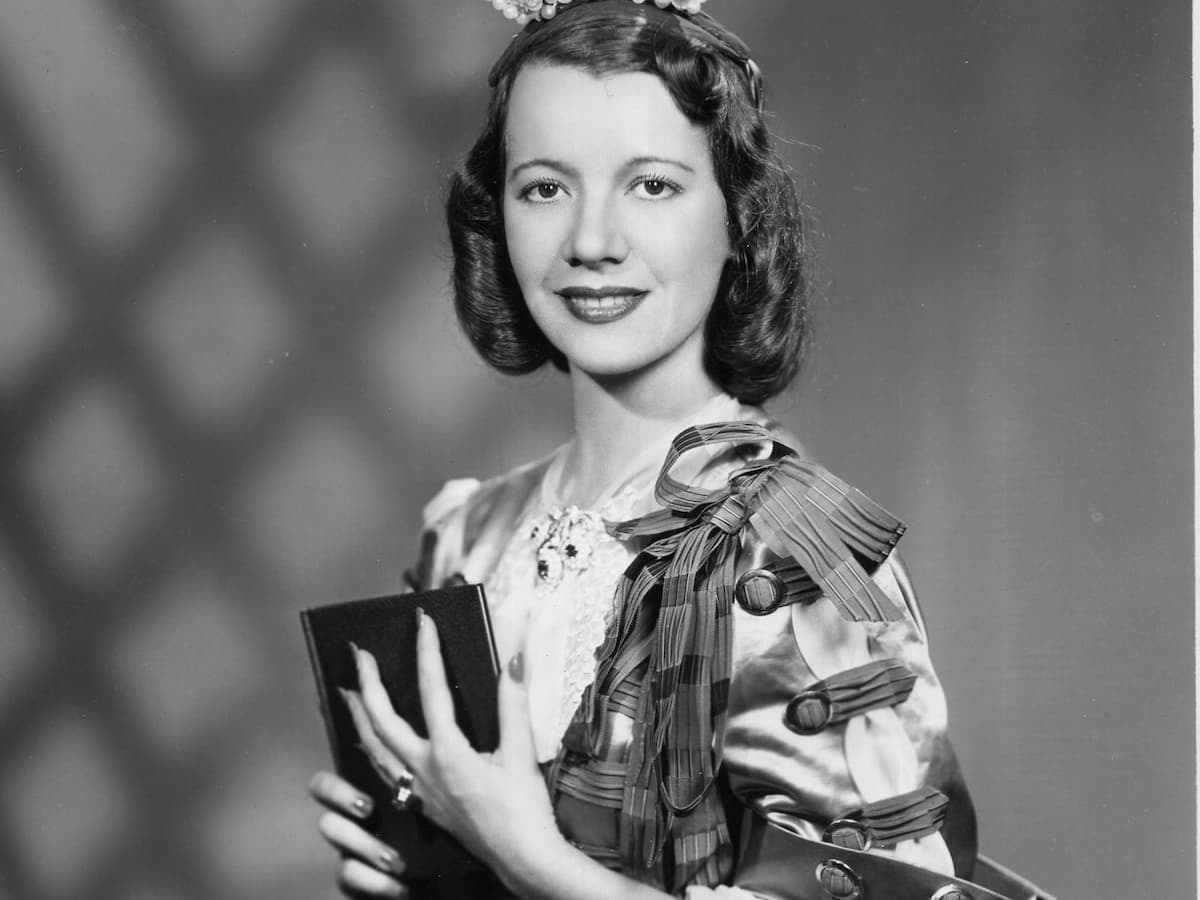
Lily Pons in Lucia di Lammermoor, 1931, Metropolitan Opera
Lily Pons, 1954
French soprano Lily Pons dominated the Lucia role beginning with her debut in 1931. She was known for her extraordinary high register and would regularly add high notes to what Donizetti had already written.
Gaetano Donizetti: Lucia di Lammermoor – Act III Scene 1: Spargi d’amaro pianto (Lily Pons, Lucia; Frank Guarrera, Enrico; Norman Scott, Raimondo; Metropolitan Opera Chorus; Metropolitan Opera Orchestra; Fausto Cleva, cond.)
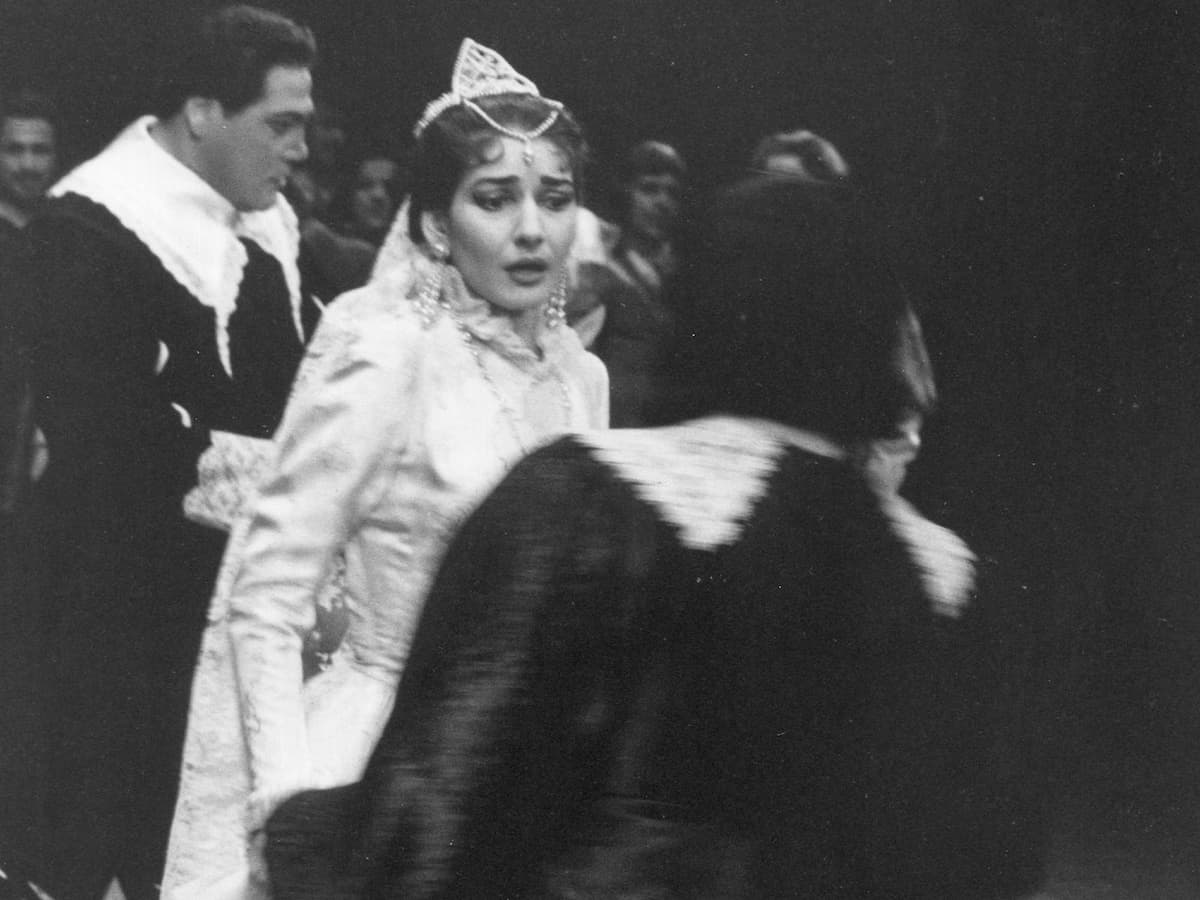
Maria Callas in Lucia di Lammermoor, 1955, Metropolitan Opera
Maria Callas, 1955
American soprano Maria Callas’ debut in the role was long awaited since her first foray into the bel canto repertoire in 1949 when she went from singing Brünnhilde in Die Walküre at the Teatro la Fenice, when she was called to replace Margherita Carosio, who was engaged to sing Elvira in I puritani in the same theatre. The role was learned in a week and it changed her career forever. Her first attempt at the mad scene was during a recital on RAI in 1952 and three years later, her recording of the entire opera first in 1953 and then as a live recording in 1955 put her stamp on the role.
Gaetano Donizetti: Lucia di Lammermoor – Act III Scene 1: Spargi d’amaro pianto (Maria Callas, Lucia; Rolando Panerai, Enrico; Nicola Zaccaria, Raimondo; Milan La Scala Chorus; RIAS Symphony Orchestra; Herbert von Karajan, cond.)
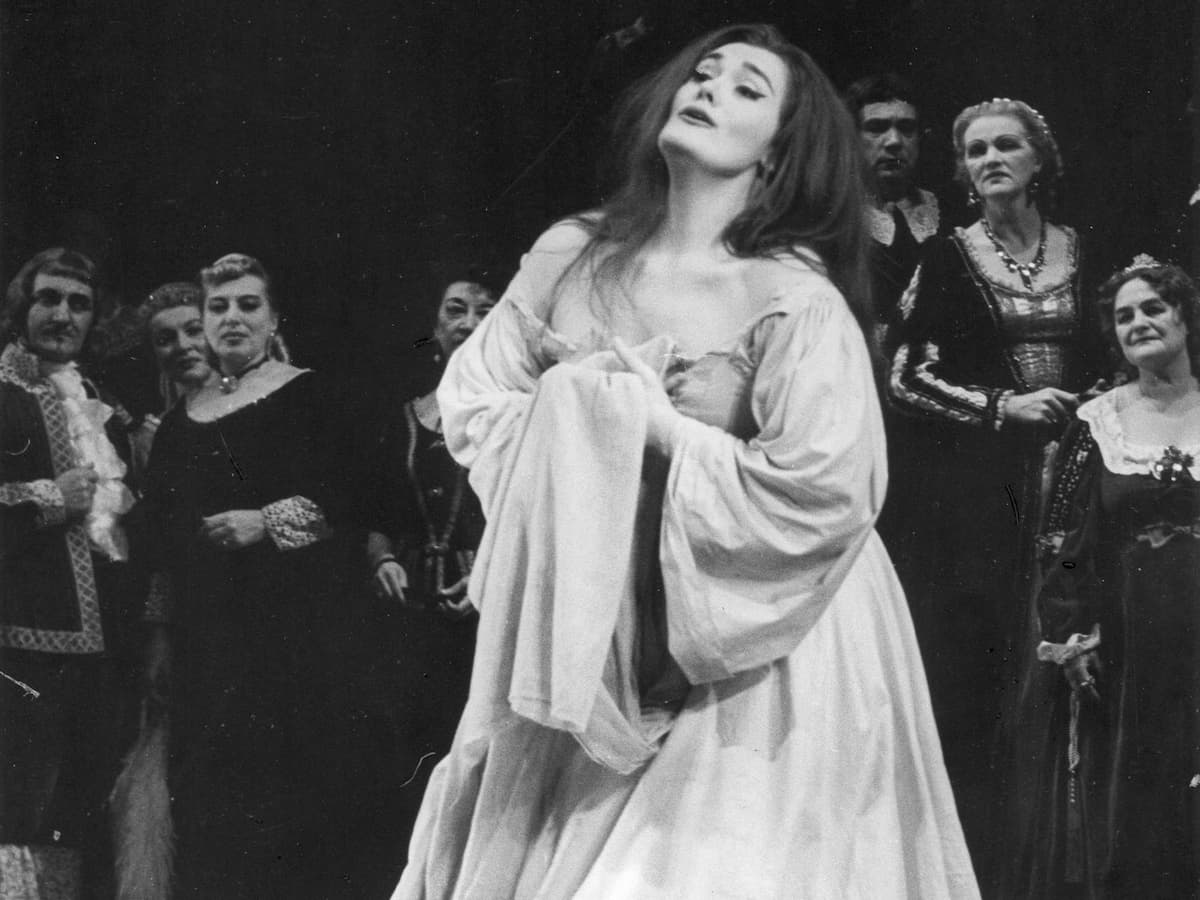
Joan Sutherland as Lucia, 1962, Metropolitan Opera
Joan Sutherland, 1959
Australian soprano Joan Sutherland was another who, in the 1950s, brought back the 19th-century bel canto style. She had an agile voice with accurate intonation, and a strong upper register. Her staccatos and trills were clear and pinpoint. Her early training, like Callas,’ was as a Wagnerian dramatic soprano, and it was her husband, conductor Richard Bonynge, who persuaded her that her high voice technique might be better in bel canto. Her 1959 performance at Covent Garden is outstanding.
Gaetano Donizetti: Lucia di Lammermoor – Act II: Spargi d’amaro pianto (Joan Sutherland, Lucia; John Shaw, Enrico; Joseph Rouleau, Riamondo; Royal Opera House Chorus, Covent Garden; Royal Opera House Orchestra, Covent Garden; Tullio Serafin, cond.)
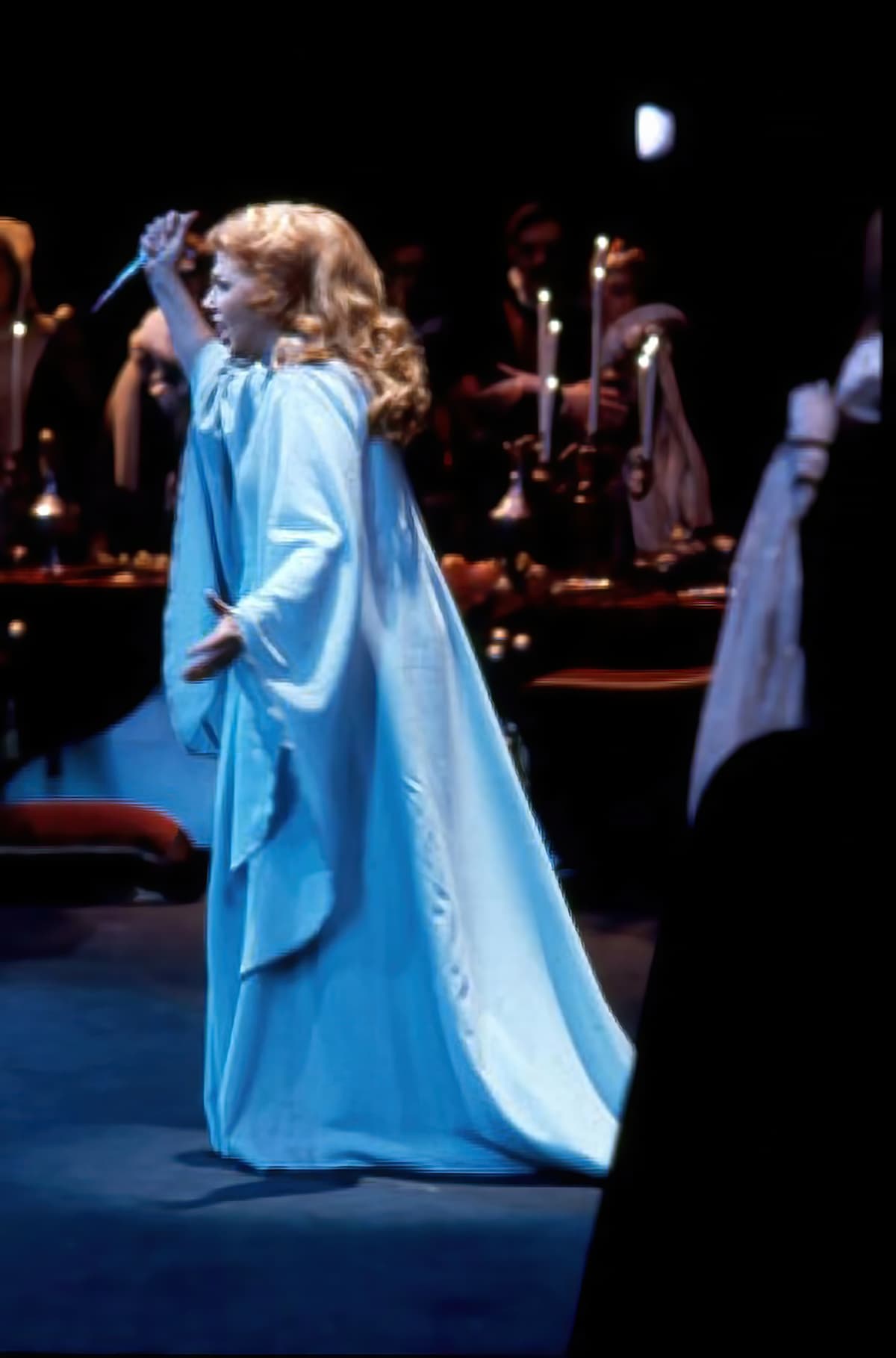
Beverly Sills as Lucia, 1977, Metropolitan Opera
Beverly Sills, 1970
The American soprano Beverly Sills took Lucia as one of her signature roles, singing Lucia from 1968 to 1977 from the US to La Scala. This recording is at a slower tempo than the preceding ones.
Gaetano Donizetti: Lucia di Lammermoor – Act III Scene 1: Spargi d’amaro pianto (Beverly Sills, Lucia; Piero Cappuccilli, Enrico; Justino Díaz, Raimondo; Ambrosian Opera Chorus; London Symphony Orchestra; Thomas Schippers, cond.)

Mariella Devia as Lucia
Mariella Devia, 2004
Italian soprano Mariella Devia started as a lyric coloratura soprano before finding her voice in bel canto. She took up Lucia in 1973 for her stage debut in Treviso at the Teatro Comunale. Her Donizetti repertoire includes the leading role in most of his operas.
Gaetano Donizetti: Lucia di Lammermoor – Act III Scene 1: Spargi d’amaro pianto (Mariella Devia,; Vladimir Stoyanov Enrico,; Carlo Colombara, Raimondo; Cagliari Teatro Lirico Chorus; Cagliari Teatro Lirico Orchestra; Gérard Korsten, cond.)
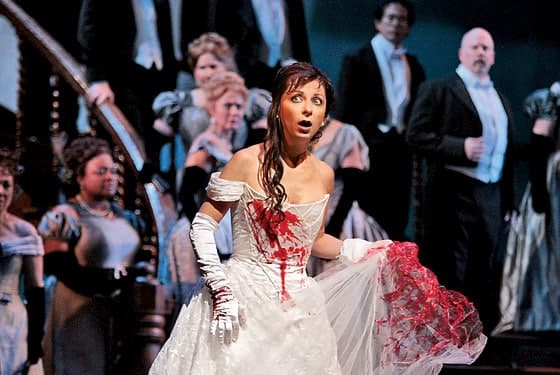
Natalie Dessay as Lucia, 2011, Metropolitan Opera
Natalie Dessay, 2010
French soprano Natalie Dessay started as a coloratura soprano but after two surgeries on her vocal cords, changed to bel canto. Her performance at the Met in 2011 as Lucia drew praise and condemnation from critics but her appearance as the maddened bride drew praise from all.
Gaetano Donizetti: Lucia di Lammermoor – Act III Scene 2: Spargi d’amaro pianto (Natalie Dessay, Lucia; Vladislav Sulimsky, Enrico; Ilya Bannik, Raimondo; St. Petersburg Mariinsky Theatre Chorus; St. Petersburg Mariinsky Theatre Orchestra; Valery Gergiev, cond.)
When judging these performances, think of the role: the bride has been driven mad by intolerable demands made by her brother and stabs her bridegroom Arturo. She emerges into the wedding party clad in her white nightdress (or wedding gown) streaked with blood and sings about how she’s looking forward to her wedding to Edgardo….and, after exclamations by the attendees, goes on sing ‘Sparge d’amore piano’ (Shed bitter tears) where she will be happy only when her beloved joins her in Heaven.
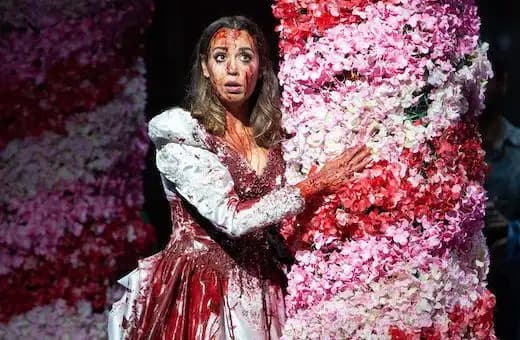
Nadine Sierra as Lucia, 2022, Metropolitan Opera
Lucia can’t just say the words, or even make sure she sings the right notes – she has to make Lucia truly seem as though she’s gone truly mad. Do any of these sopranos bring across that emotion for you?
For more of the best in classical music, sign up to our E-Newsletter
Nadine Sierra – Lucia’s Mad Scene (Lucia di Lammermoor by Donizetti) • Met Opera 2022

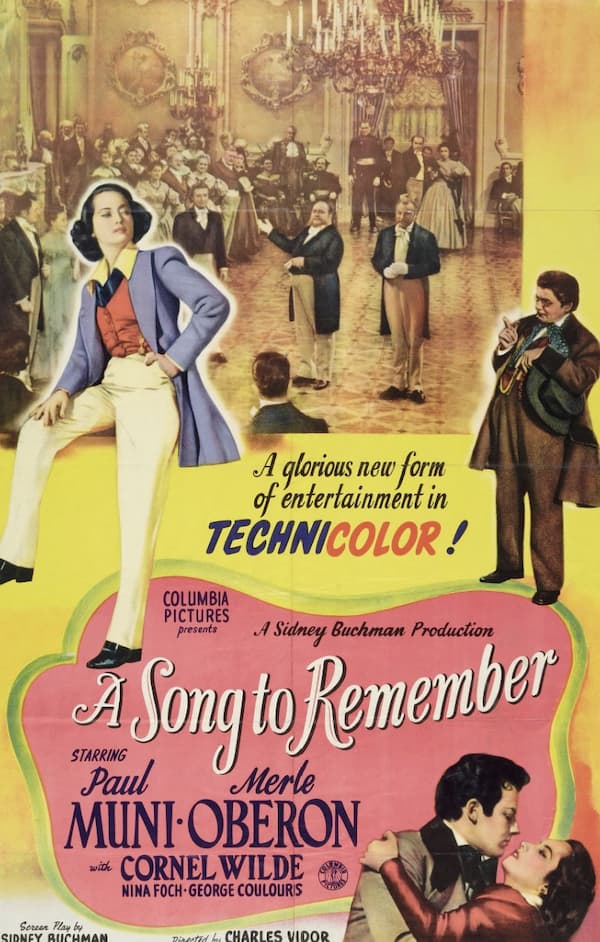
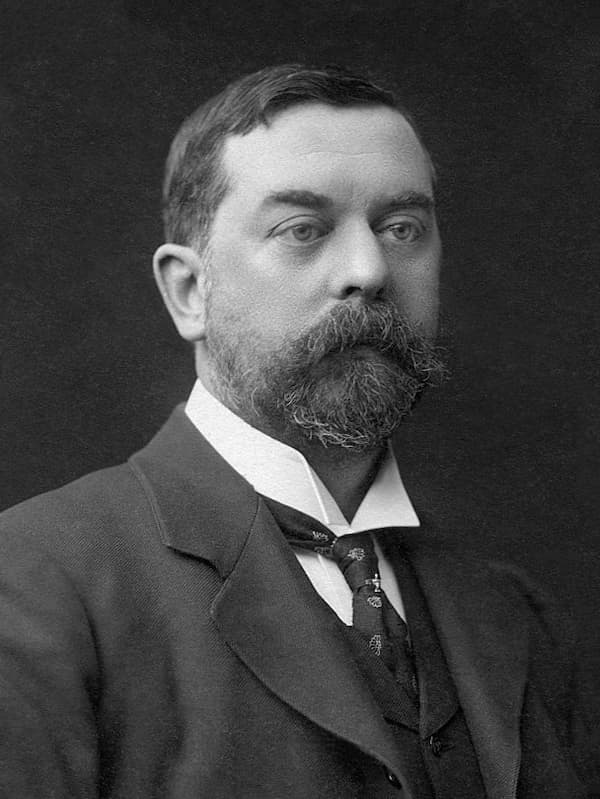
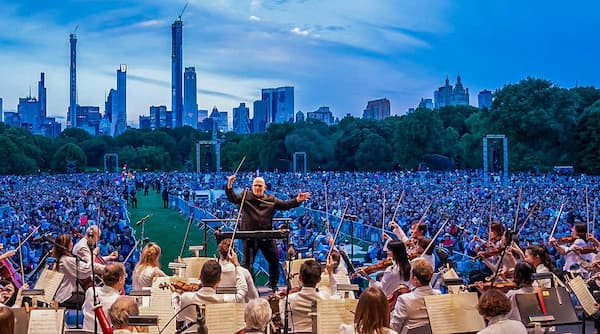
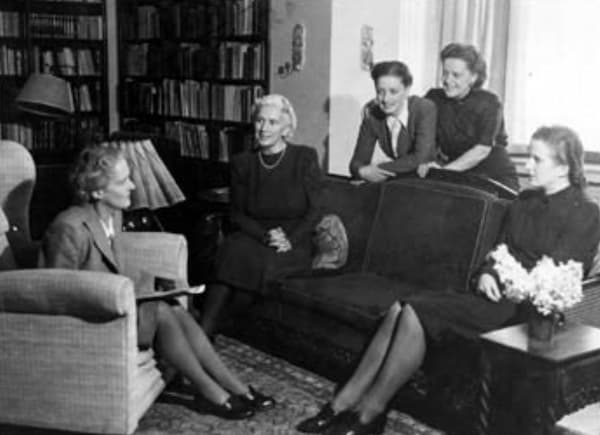
The best of all is missed: Edita Gruberova.